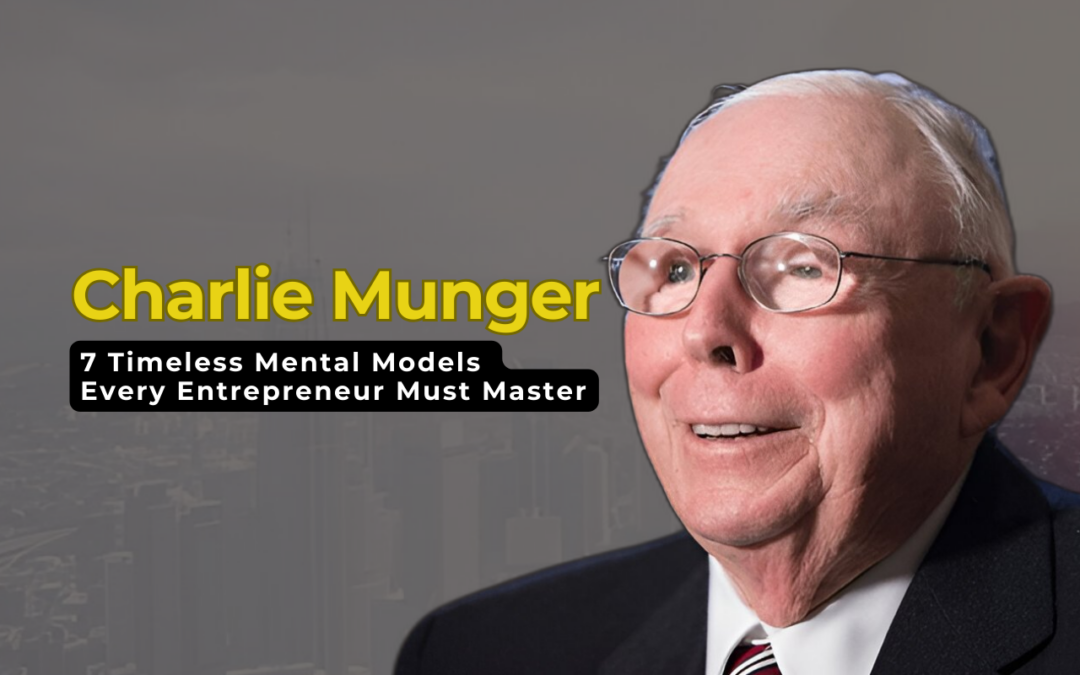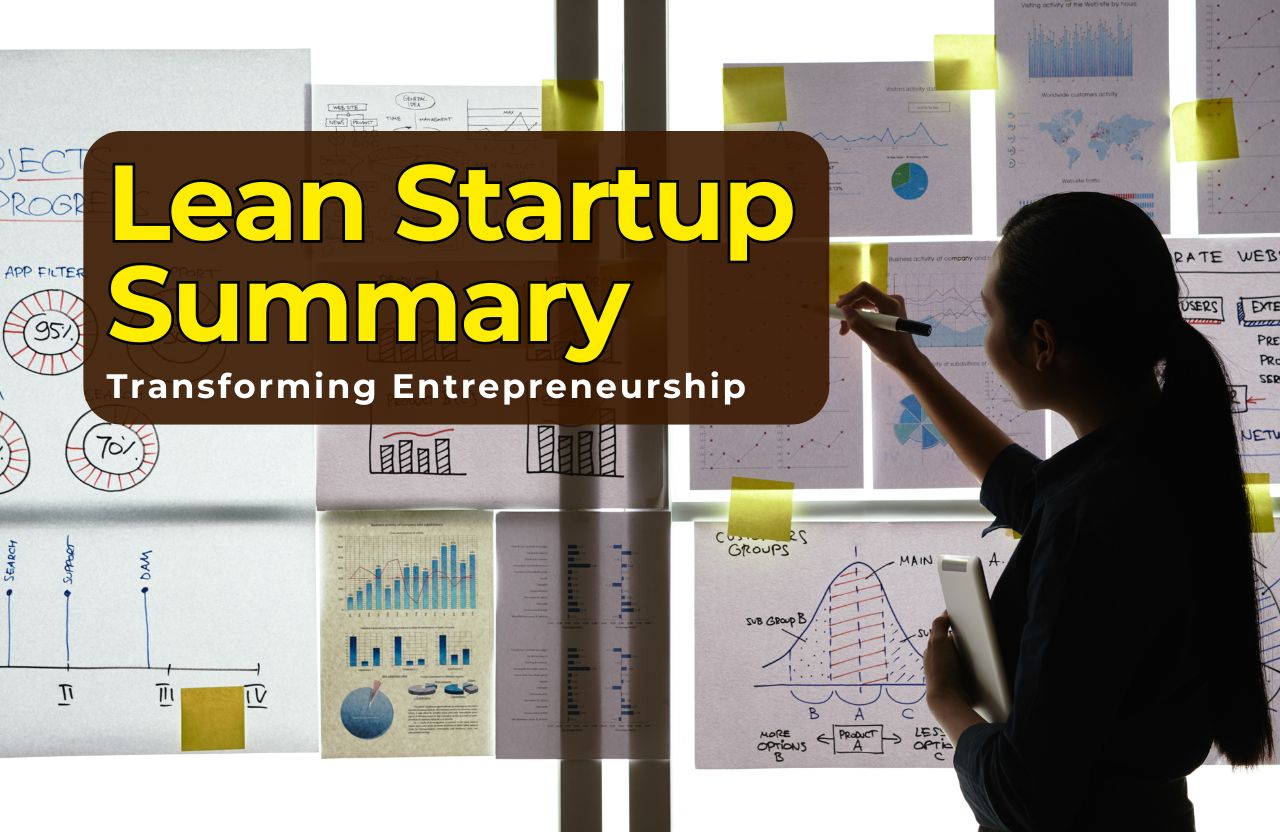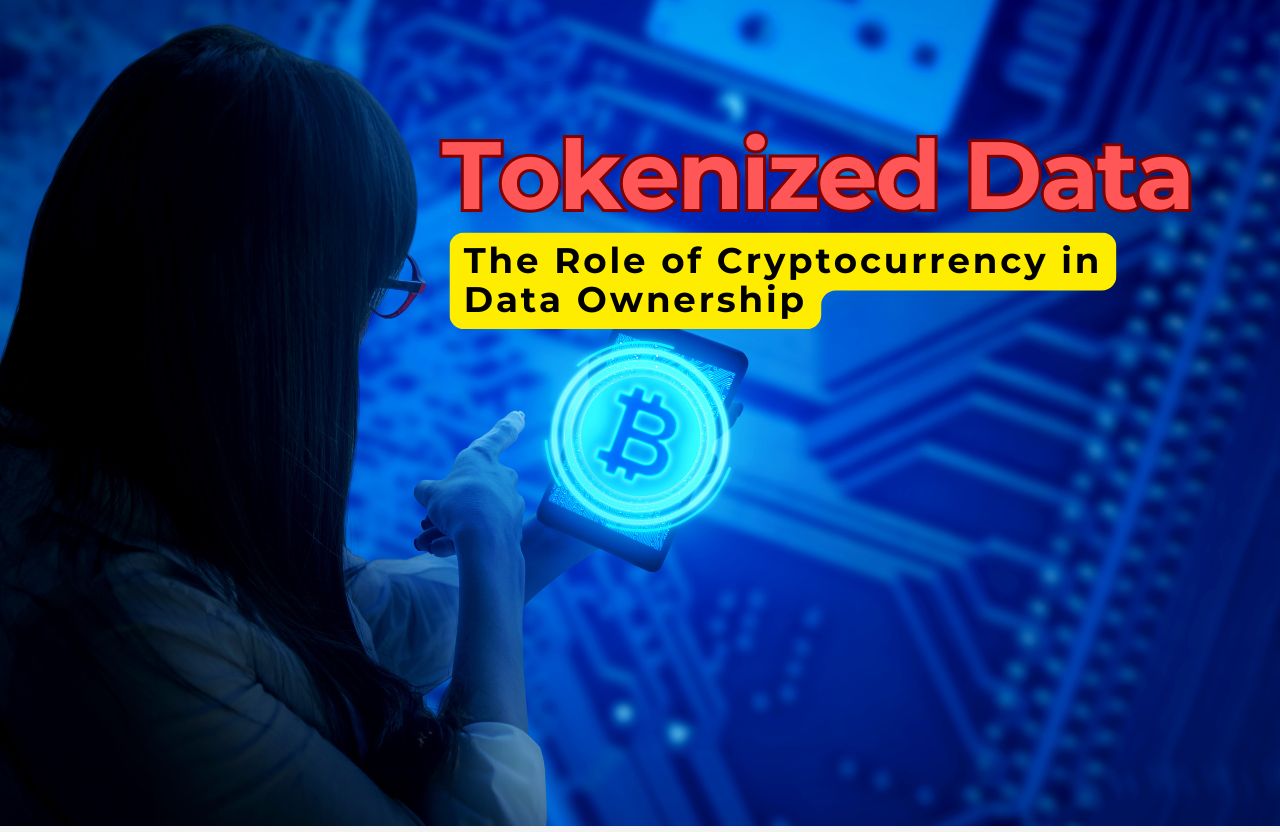Charlie Munger, the vice chairman of Berkshire Hathaway, is one of the most respected minds in the business world. Known for his razor-sharp intellect and multidisciplinary approach, Munger has long been a proponent of mental models—a set of frameworks that help individuals understand the complexities of the world. For entrepreneurs, these mental models offer invaluable guidance in decision-making, problem-solving, and strategic planning.
In this blog, we’ll dive into seven timeless mental models from Charlie Munger that every entrepreneur must master to thrive in the competitive world of business. These mental models aren’t just theoretical—they’ve been put into practice by Munger himself to build one of the most successful conglomerates in history.
1. The Circle of Competence
Munger famously said, “Knowing what you don’t know is more useful than being brilliant.” This principle, referred to as the Circle of Competence, emphasizes the importance of focusing on areas where you have expertise and avoiding ventures outside your understanding.
Application for Entrepreneurs:
- Define your strengths: Identify your niche and build your business around it. Whether it’s technology, fashion, or food, stick to what you truly understand.
- Avoid distractions: Don’t chase opportunities just because they appear lucrative. A lack of knowledge can lead to costly mistakes.
- Expand gradually: Over time, you can expand your circle of competence by learning about adjacent areas, but avoid diving into uncharted waters prematurely.
Real-World Example:
Apple is a master of staying within its circle of competence. The company focuses on creating seamless hardware and software integration rather than venturing into industries it doesn’t understand, like social media or pharmaceuticals.
2. The Latticework of Mental Models
Charlie Munger advocates building a “latticework” of mental models from various disciplines such as psychology, physics, economics, and history. He argues that understanding multiple perspectives can help entrepreneurs make better decisions.
Application for Entrepreneurs:
- Think interdisciplinary: Learn about fields beyond business—behavioral psychology for understanding customer behavior, statistics for analyzing data, and history for anticipating market trends.
- Combine models: Use multiple frameworks to solve complex problems. For instance, applying game theory and supply-demand principles can help in pricing strategies.
- Avoid tunnel vision: Broad thinking ensures you’re prepared for unforeseen challenges.
Real-World Example:
Elon Musk’s success stems from his interdisciplinary approach. He uses principles from physics, engineering, and economics to innovate at Tesla, SpaceX, and Neuralink.
3. The Margin of Safety
Borrowed from value investing, the Margin of Safety is a principle that encourages operating with a cushion to minimize risk. It ensures that even if things go wrong, your business or investment can survive.
Application for Entrepreneurs:
- Financial buffers: Always maintain cash reserves to weather economic downturns or unexpected challenges.
- Conservative planning: When launching a product, overestimate costs and underestimate revenues to avoid surprises.
- Risk mitigation: Before expanding or pivoting, assess the downside and create fallback plans.
Real-World Example:
Amazon’s approach to managing its capital demonstrates this principle. Jeff Bezos built the company to survive low-profit periods by focusing on customer satisfaction and cash flow management.
4. Inversion Thinking
Charlie Munger frequently emphasizes the value of inversion—thinking backward to solve problems. He advises asking, “What could go wrong?” and working to avoid those scenarios.
Application for Entrepreneurs:
- Anticipate failure: Identify potential pitfalls in your business plan, such as customer churn, supply chain issues, or regulatory hurdles.
- Stress test strategies: Before launching a new product, think of all possible reasons it could fail and address them.
- Reverse engineer success: Study successful businesses, figure out what made them succeed, and replicate those factors while avoiding their mistakes.
Real-World Example:
Netflix’s dominance in the streaming market is partially due to inversion thinking. They anticipated the decline of physical media and positioned themselves as a digital-first company.
5. Opportunity Cost
Charlie Munger often reminds us that every decision comes with an opportunity cost—the value of the next best alternative foregone. Entrepreneurs must constantly evaluate whether their time, money, and energy are being allocated optimally.
Application for Entrepreneurs:
- Prioritize ruthlessly: Focus on high-impact tasks that drive growth. Delegate or eliminate low-value activities.
- Assess investments: When considering new ventures or expenses, weigh them against other potential opportunities.
- Time management: Your time is a limited resource. Ensure it’s being spent on activities that yield the highest returns.
Real-World Example:
Steve Jobs applied the opportunity cost principle by cutting Apple’s product line down to focus on a few high-impact products, like the iPhone and MacBook.
6. The Power of Incentives
Charlie Munger believes that understanding human behavior, especially the role of incentives, is crucial in business. He famously said, “Never, ever, think about something else when you should be thinking about the power of incentives.”
Application for Entrepreneurs:
- Motivate employees: Design incentive structures that align with your business goals. For instance, reward sales teams based on customer retention rather than one-time sales.
- Influence customers: Create loyalty programs or offer discounts to incentivize repeat purchases.
- Align stakeholders: Ensure that investors, partners, and employees share a common vision and are incentivized to work toward it.
Real-World Example:
Tesla uses incentives effectively. Its referral program rewards customers for bringing in new buyers, creating a cost-effective and loyal marketing channel.
7. Avoiding Confirmation Bias
Confirmation bias—the tendency to seek information that supports our existing beliefs—is one of the most dangerous cognitive traps in decision-making. Munger urges entrepreneurs to actively seek disconfirming evidence.
Application for Entrepreneurs:
- Challenge assumptions: Regularly test your business strategies and be open to feedback, even if it contradicts your beliefs.
- Diversify perspectives: Surround yourself with team members and advisors who are not afraid to challenge your ideas.
- Adapt to change: If new data suggests your strategy isn’t working, pivot quickly rather than clinging to sunk costs.
Real-World Example:
Blockbuster’s downfall is a classic example of ignoring disconfirming evidence. The company dismissed the shift toward streaming, which Netflix capitalized on.
Key Takeaways for Entrepreneurs:
Mastering Charlie Munger mental models isn’t just about intellectual curiosity—it’s about applying these principles to your entrepreneurial journey. Here’s a recap:
- Stay within your Circle of Competence to avoid unnecessary risks.
- Build a Latticework of Mental Models to solve complex problems.
- Always maintain a Margin of Safety in your finances and operations.
- Use Inversion Thinking to anticipate and avoid potential failures.
- Evaluate the Opportunity Cost of every decision.
- Leverage the Power of Incentives to motivate stakeholders and drive behavior.
- Actively counter Confirmation Bias by seeking disconfirming evidence.
Final Thoughts:
Charlie Munger mental models are a treasure trove of wisdom for entrepreneurs navigating the complexities of building and scaling businesses. By internalizing these principles, you’ll not only make better decisions but also cultivate a mindset that can adapt to change, mitigate risks, and seize opportunities.
As Munger himself said, “All I want to know is where I’m going to die, so I’ll never go there.” While you can’t predict every challenge, these mental models will equip you to avoid pitfalls and build a business that stands the test of time.
Which of these mental models resonates most with you? Share your thoughts in the comments!













